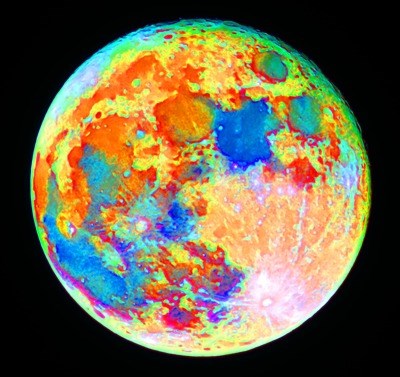Discover the Moon
We are all familiar with the Moon, orbiting around the Earth and driving the tides. As a bright, easily found object with lots of interesting features and continually changing phases it's a popular target for all astronomers from beginners to the most experienced. Indeed, the Moon was pioneering television Patrick Moore's favourite object and his hand-drawn maps were used to help plan the Moon landings in the 1960s. Here are some of the many aspects of the Moon. Why not join the club if you would like to find out more about viewing, photographing and understanding our nearest neighbour in space?
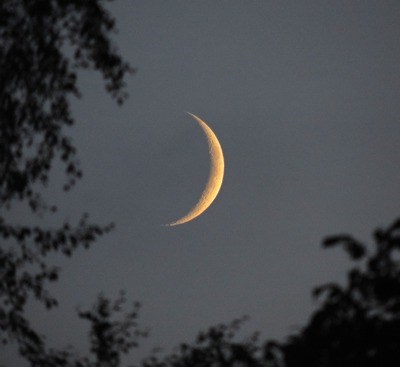 |
Although it always keeps thy same face towards the Earth, unlike most objects in the sky the Moon undergoes regular and very obvious changes as it rotates relative to the sun. A 'new moon' appears in the West, around sunset, and over two weeks it swells until it becomes the complete disk of a full Moon, high in the sky at midnight. Over the next fourteen days it passes back into shadow again, last appearing in the East just around dawn. |
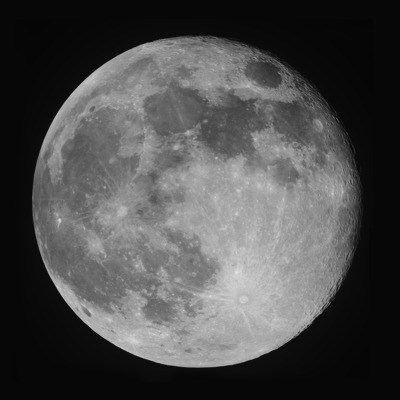 |
The most familiar image is the full moon - in recent years it has become popular to refer to the year's succession of full moons by translations Native American names, such as the Cherokee 'green corn moon' and 'snow moon'. |
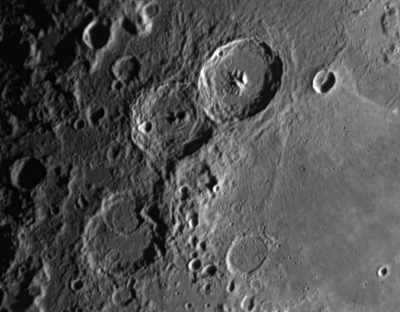 |
The Moon's most famous features are its thousands of craters, most of which were created when huge meteors hit its surface, most of them billions of years ago. The three large craters in this image are Theophilus, Catherina and Cyrilus. |
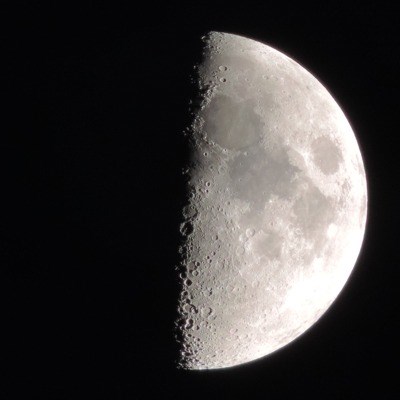 |
Views of the Moon's features are often at their most spectacular on the edge of its shadow (the 'terminator'. A close look at this image shows the tiny 'Lunar X' about a quarter of the way up from the bottom. This elusive feature is only visible for a few hours each month. |
|
Lunar eclipses occur when the Earth passes directly between the Moon and Sun. They are much easier to observe than solar eclipses because they are visible anywhere that the moon is above the horizon. This video shows the progress of the total Lunar eclipse of 26 September 2015, from the Earth's shadow first appearing on the moon to the moment of totality. |
|
|
|
Although the moon appears grey to the naked eye, through a good telescope faint colours are sometimes visible. They are more easily detected with a camera, and with careful image processing they can be exaggerated to highlight the Moon's complex geology. In this image the large plains known as 'seas' look very different colours from older, heavily cratered surfaces. |
Members of Rosliston Astronomy Group get to join in regular observing sessions where we share advice on how to observe and photograph the Moon and other objects in the night sky.

